You’d be forgiven for thinking of snow leopards as ghosts—so few people have ever glimpsed one in the wild. To imagine a single cat picking its way across the jagged backbone of the Himalayas is to picture both beauty and loneliness, woven together. For this solitary wanderer, every day is a test of patience, resilience, and quiet grace. Unlike lions in the savanna or alley cats in a city, the snow leopard’s world is one of silence, icy winds, and endless sky. It’s just her and the mountains, locked in an unending dance—stealthy, secret, and utterly captivating. Let’s step into her world and see what makes her life so breathtakingly unique.
The Silent Kingdom of Ice
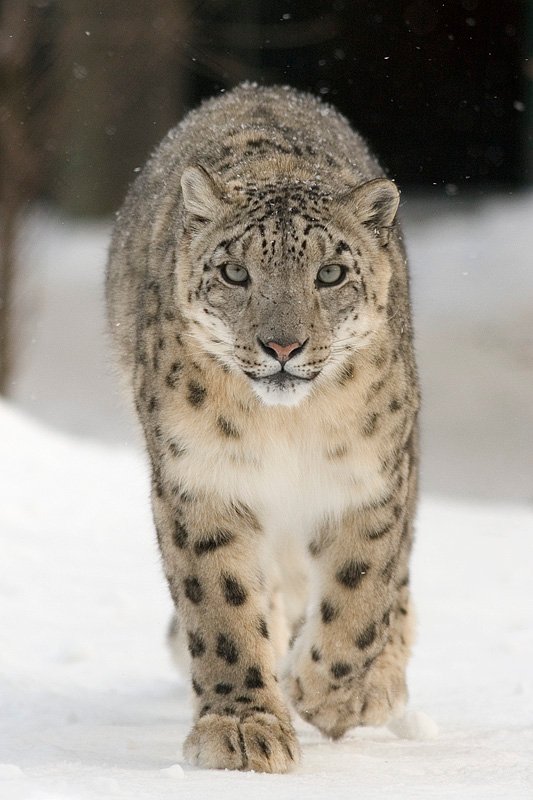
Above the tree line, where the air is thin and the world seems painted in pale blues and whites, the snow leopard reigns unseen. Her soft, smoky coat blends perfectly with the rocks and snow, making her almost invisible. Each paw falls with astonishing quiet, padding gently over powdery drifts and jagged scree. In this high-altitude realm, silence is survival—the hush broken only by the wind and the distant call of a wild sheep. This quiet world isn’t empty, though. Every sound matters, whether it’s the flutter of a chough’s wing or the faint click of a pebble. The snow leopard’s domain is a place where solitude isn’t loneliness, but freedom and mastery. It’s a kingdom with no walls, only horizons.
A Tail Like a Blanket
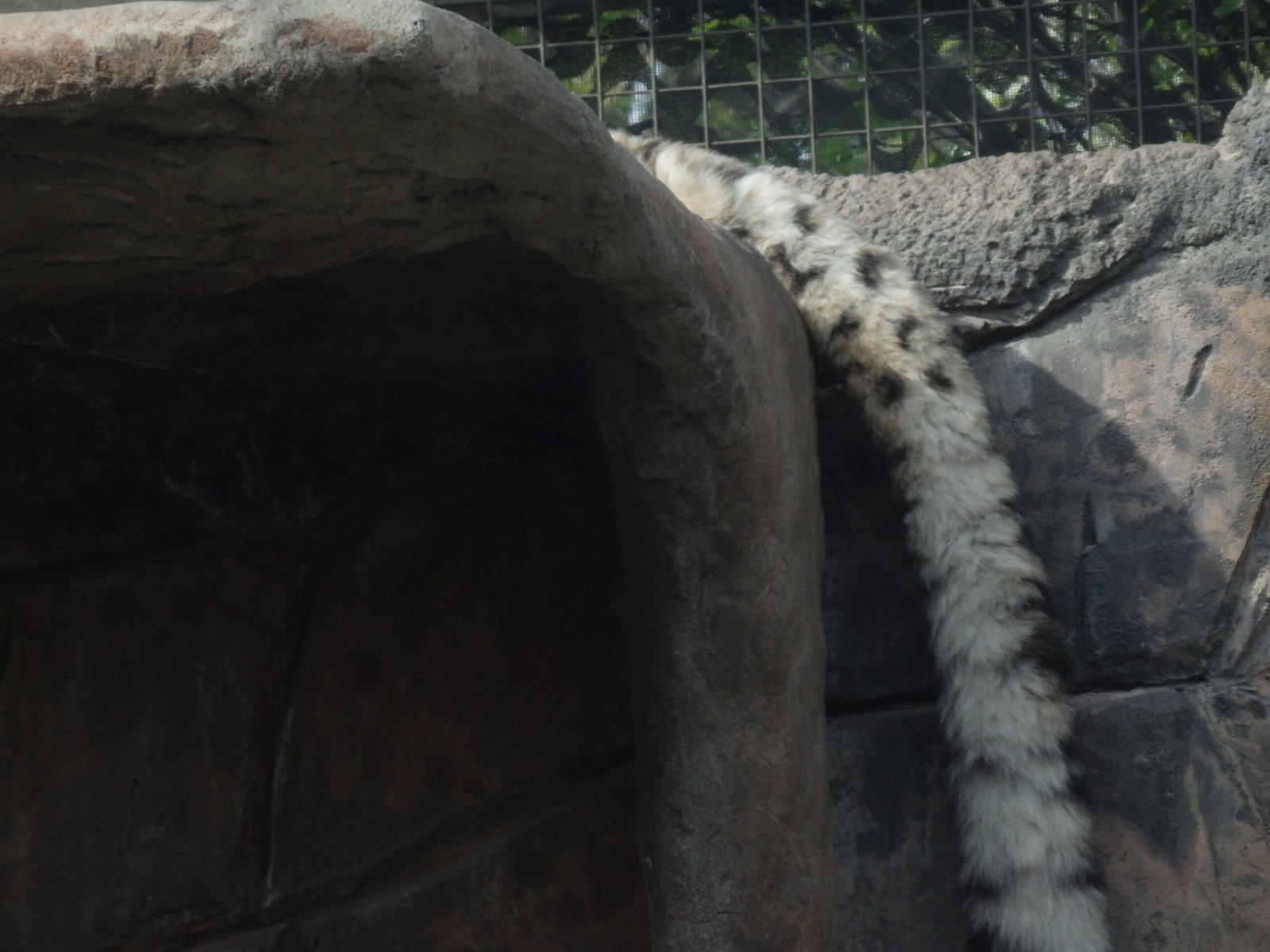
There’s something almost whimsical about the snow leopard’s tail. It’s thick and impossibly fluffy, stretching nearly as long as her body itself. But this isn’t just for looks—it’s her secret weapon against the Himalayan cold. When icy winds howl down the slopes, she curls up and wraps that big tail around her nose, keeping herself warm like a child tucking in under a favorite quilt. Out on the hunt, the tail acts as a counterbalance, helping her stay steady while leaping across boulders or creeping along narrow ledges. It’s proof that beauty and utility can go hand in hand in the animal kingdom, and a reminder that even in harsh places, comfort finds a way.
The Art of Disappearing
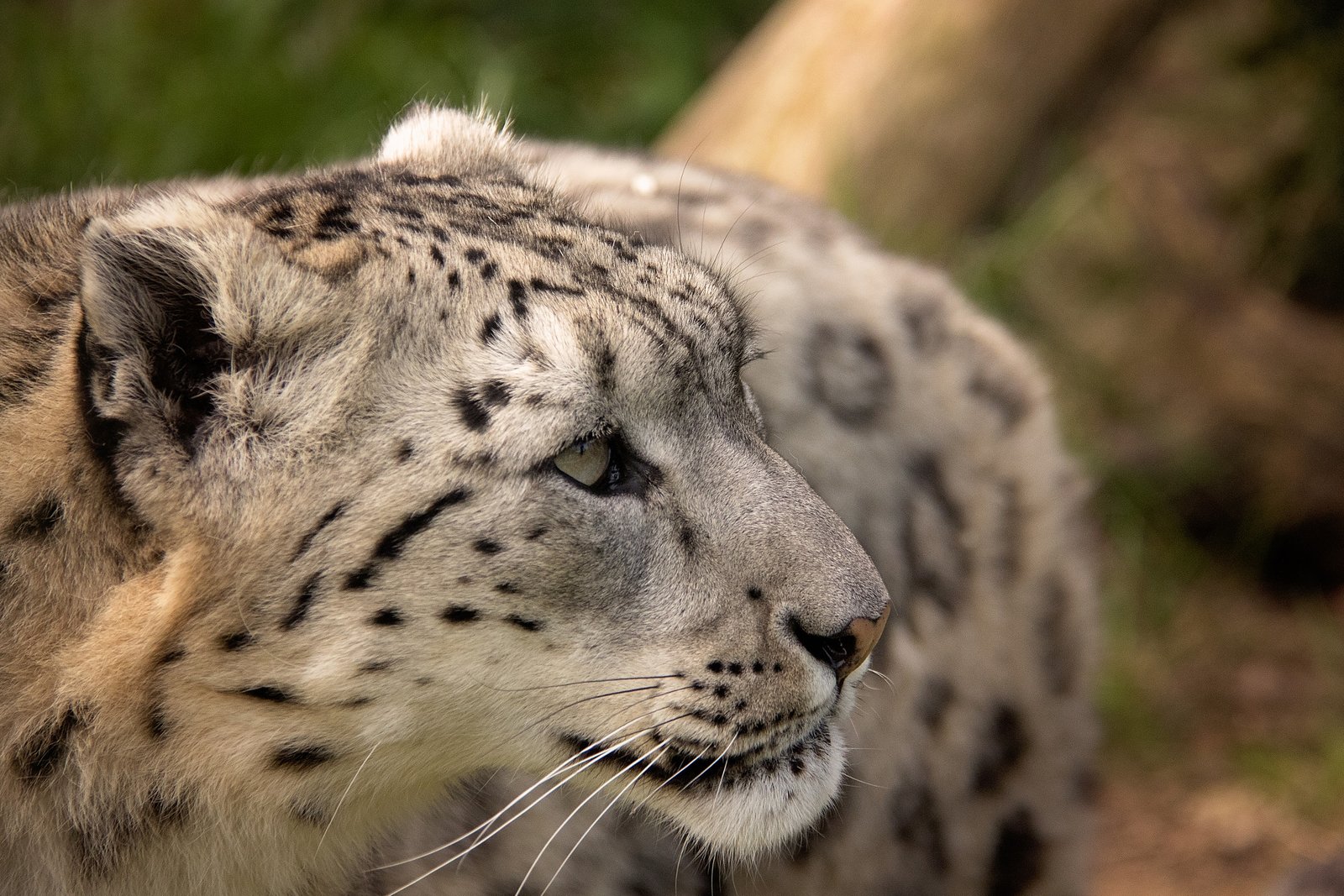
If there’s a master of hide-and-seek in the animal world, it’s the snow leopard. Her smoky, rosette-spotted fur isn’t just gorgeous—it’s camouflage perfected over millennia. Against a backdrop of snow, rock, and shadow, she can stand just a few feet away and vanish from view. This invisibility is her best defense, allowing her to stalk prey undetected and avoid bigger threats. It’s also why so many locals call her the “ghost of the mountains.” Even scientists, with all their technology, struggle to catch more than a glimpse. This gift of disappearing isn’t just about safety—it’s about living quietly, treading lightly, and fitting perfectly into a world of sharp edges and soft mists.
The Solitary Path

Unlike lions or cheetahs, snow leopards don’t live in groups or families. Each cat carves out a territory that can stretch for hundreds of square miles, patrolling it with patience and resolve. This solitary life demands self-reliance—she hunts alone, sleeps alone, and travels alone. Yet, there’s a kind of peace in this independence. She’s never truly lonely, surrounded by her mountains and the silent company of wind and stone. The loneliness we might imagine is, for her, a way of life—a dance with the land that has shaped her spirit. In this solitude, there’s strength, a quiet dignity, and a reminder that sometimes, being alone is the bravest thing of all.
Paws Built for Snow

Look closely at a snow leopard’s paws and you’ll see nature’s snowshoes. Each paw is wide, padded, and covered in thick fur, spreading her weight like a pair of slippers on deep powder. This lets her move silently and steadily across treacherous slopes and loose scree. The pads grip slippery rock, while the fur keeps her toes from freezing. It’s an elegant solution to a deadly problem—how to walk where others sink or stumble. These paws are more than just tools; they’re a symbol of adaptation, proof that even the harshest environments have their own kind of beauty. Watching her move, you see grace where you’d expect struggle, and ease where you’d expect hardship.
A Nose for Thin Air

The Himalayas aren’t just cold—they’re high, with air so thin it leaves most creatures gasping. But the snow leopard is built for this. Her chest is deep, lungs large, and nose wide, able to draw in every precious bit of oxygen. This lets her chase prey across steep, dizzying slopes without missing a beat. The thin air that would leave us dizzy is simply her everyday, a challenge she’s met with quiet determination. Her breath, measured and calm, is a steady drumbeat in the silence of the mountains. This adaptation is a quiet marvel, a reminder that survival isn’t about being the strongest, but about fitting perfectly into your place in the world.
The Hunt for Blue Sheep

Every snow leopard’s day is shaped by the hunt, and her favorite meal is the Himalayan blue sheep, or bharal. These agile goats scale cliffs and leap across chasms, making them a worthy challenge. The snow leopard stalks with patience, moving low and silent, waiting for the perfect moment to strike. When she finally leaps, it’s a burst of power and precision—sometimes covering more than 40 feet in a single bound. Success isn’t guaranteed, and every meal is hard-earned. This relentless pursuit isn’t just about hunger; it’s a dance of skill and instinct, played out on the world’s highest stage. In each hunt, there’s tension, drama, and the quiet thrill of survival.
Motherhood on the Edge
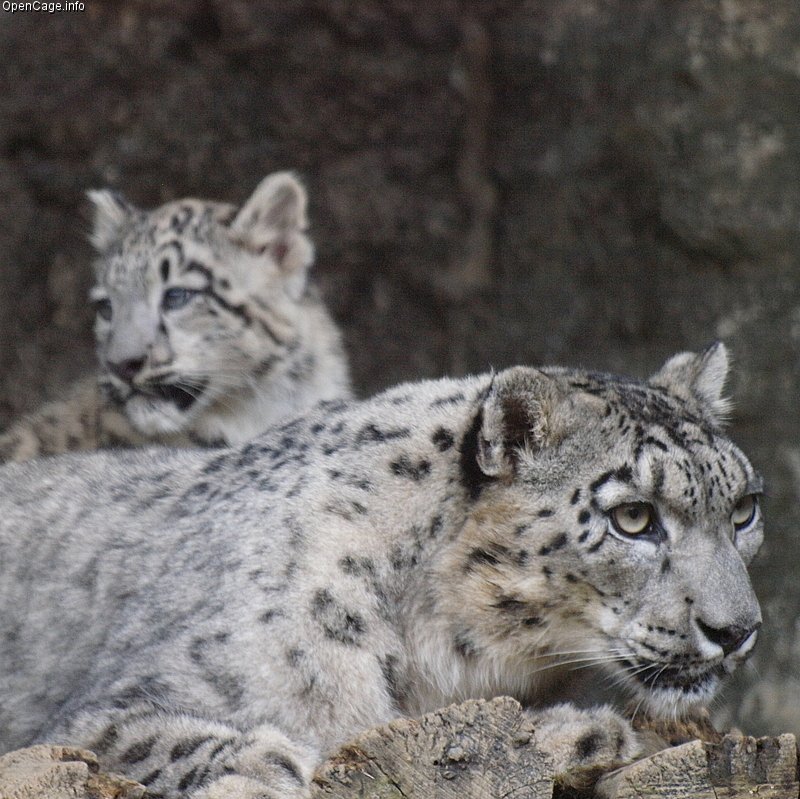
Raising cubs in the Himalayas is an act of quiet heroism. For the rare snow leopard mother, every day is a test—finding food, keeping little ones warm, and protecting them from danger. Cubs are born blind and helpless, tucked away in rocky dens hidden from the world. The mother’s devotion is fierce and tender; she’ll risk everything to keep them safe. Teaching them to hunt, she guides them through the art of patience and stealth, skills they’ll need to survive alone. The bond between mother and cub is heartbreakingly brief—within two years, the young must set out alone. Yet, those early lessons linger, shaping a new generation of mountain ghosts.
Marking the Mountain Trails

Though snow leopards rarely meet, they’re not truly strangers. Each one leaves subtle messages—scrapes, scat, and sprays of scent—along favorite trails and rocky outcrops. These marks are handwritten notes, saying, “I was here,” or “This is mine.” For a lone wanderer, this is communication at its most primal. It’s not just about staking a claim, but about knowing who shares the same sky and stone. Sometimes, a passing cat will pause to sniff, learning about neighbors they’ll never see. These messages are a lifeline, connecting solitary cats in a vast and silent world. It’s a reminder that even in solitude, there’s always a thread of connection.
The Call That Echoes

Despite their quiet reputation, snow leopards have a voice that carries. Their call, a kind of piercing yowl known as a “chuff,” echoes across canyons and cliffs. It’s a message to rivals, mates, or sometimes just the wind—a way of saying, “I am here.” In the stillness of the mountains, this call hangs in the air, both lonely and defiant. It’s rare to hear, but unforgettable, a sound that seems to belong to another world. For the solitary snow leopard, this voice bridges the distance, a thread of sound connecting one hidden life to another. It’s proof that even the quietest creatures have something powerful to say.
The Mystery of the Ghost Cat

Perhaps the most captivating thing about snow leopards is how little we truly know them. Scientists have spent decades trying to unravel their secrets, yet every answer brings new questions. Their elusive ways have spawned legends and stories, painting them as magical, almost mythical. Locals treat sightings as omens, rare moments of luck or warning. This aura of mystery isn’t just romantic—it’s a shield, protecting them from too much human interference. The snow leopard’s life remains a puzzle, pieces scattered across cliffs and valleys. In a world where so much is known and documented, their mystery is a precious gift, inviting us to wonder and imagine.
Surviving the Freeze
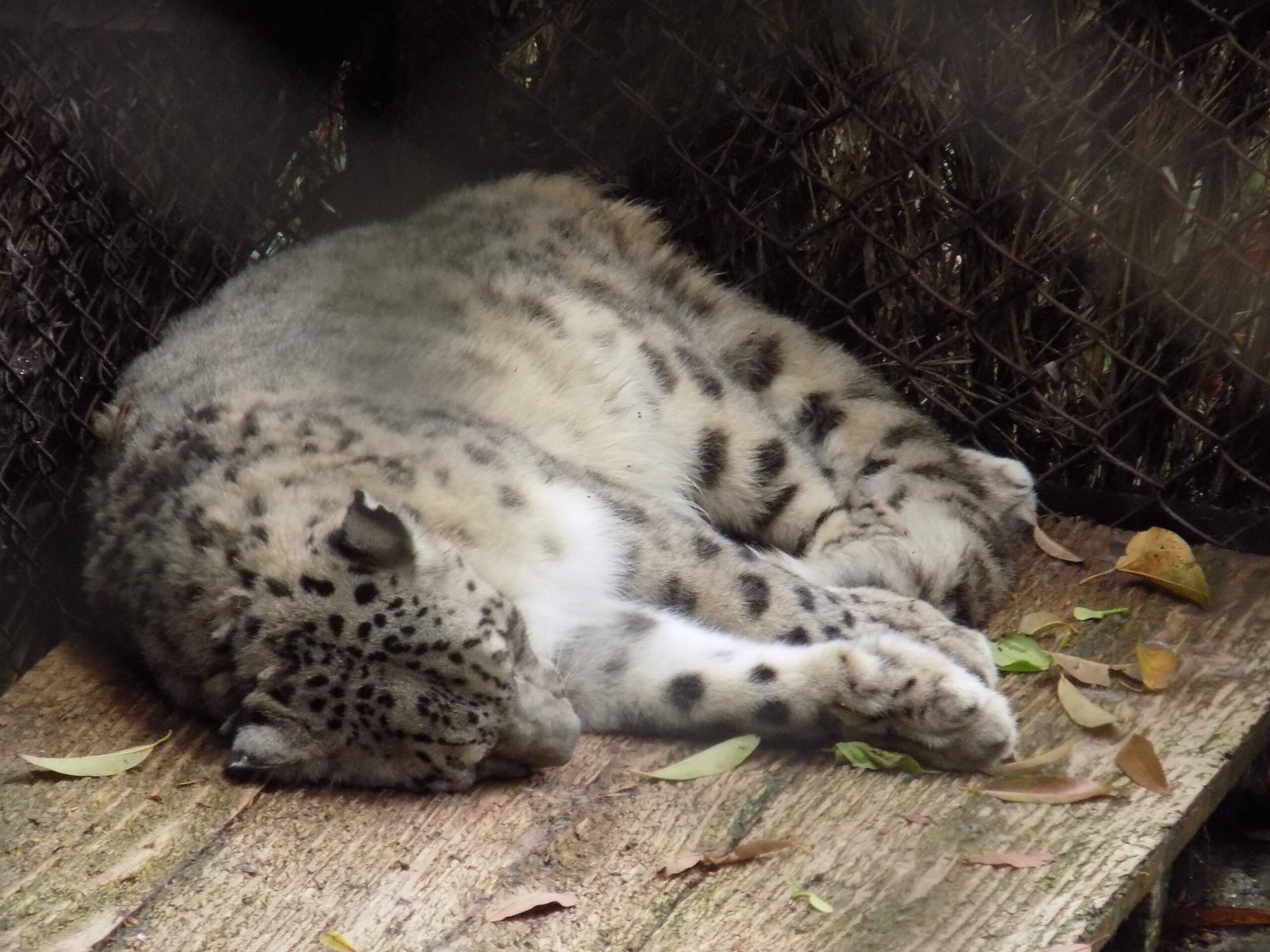
Winter in the Himalayas is brutal—temperatures can plunge to -40 degrees, and food grows scarce. Yet, the snow leopard endures, wrapped in her thick coat, moving with measured calm across snowdrifts and icy ledges. Her body conserves energy, her movements slow but sure. She knows where to find shelter from the worst storms, often curling up in a cave or behind a boulder. This resilience is astonishing, a silent defiance of the cold that would stop most animals in their tracks. Each winter survived is a triumph, a testament to her strength and adaptability. In the heart of the freeze, she is both survivor and queen.
The Challenge of Prey Scarcity
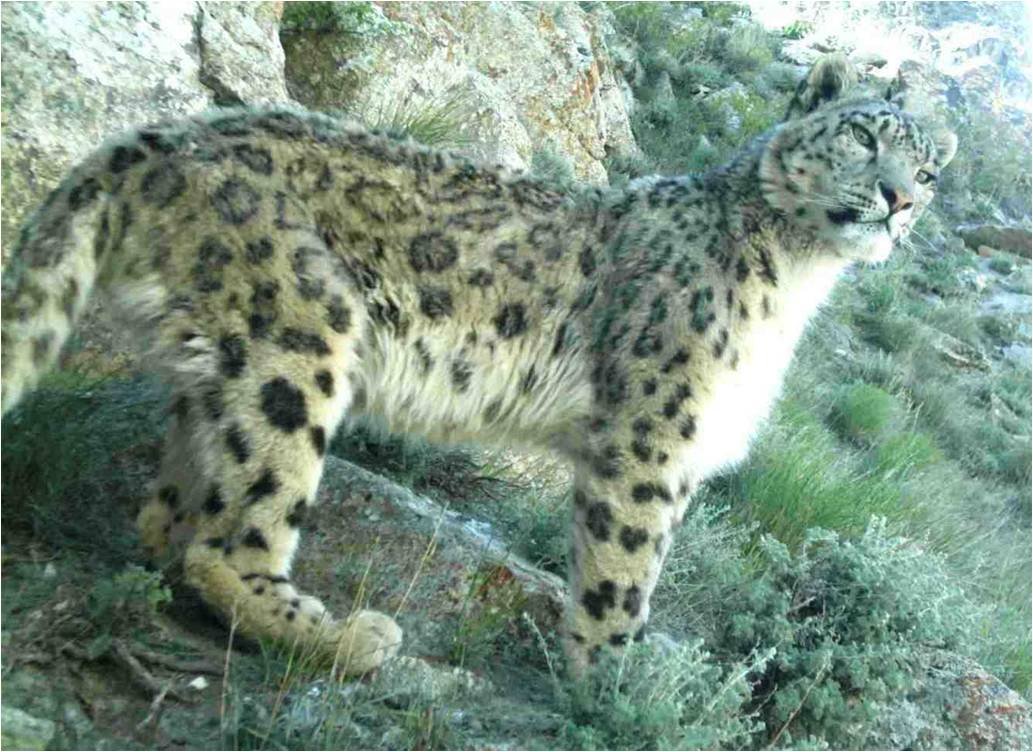
Life at the top of the world isn’t just cold—it’s lean. Prey is scarce, and every hunt is a gamble. Sometimes, days or even weeks pass between meals. The snow leopard’s body is built for feast and famine, able to go long stretches without eating, then gorge when food is finally caught. This rhythm is harsh, but it’s the only way to survive in a land where life clings to the edges. The hunger sharpens her senses, making each successful hunt a small miracle. In this world, nothing is wasted, and every scrap of meat is precious. It’s a hard life, but it’s also one of deep, hard-won satisfaction.
An Ancient Lineage

The snow leopard’s story began long before humans ever set foot in the Himalayas. Fossils show her ancestors roaming central Asia millions of years ago, adapting and changing with the mountains themselves. Each whisker, muscle, and instinct is a living record of survival, written across centuries. There’s a quiet awe in realizing that the cat you see today is the product of ancient journeys, shaped by ice ages and shifting earth. This lineage isn’t just history—it’s a promise, a thread connecting past to present. In every graceful leap and wary glance, you see echoes of her ancestors, still wild, still enduring, still beautiful.
The Human Encroachment
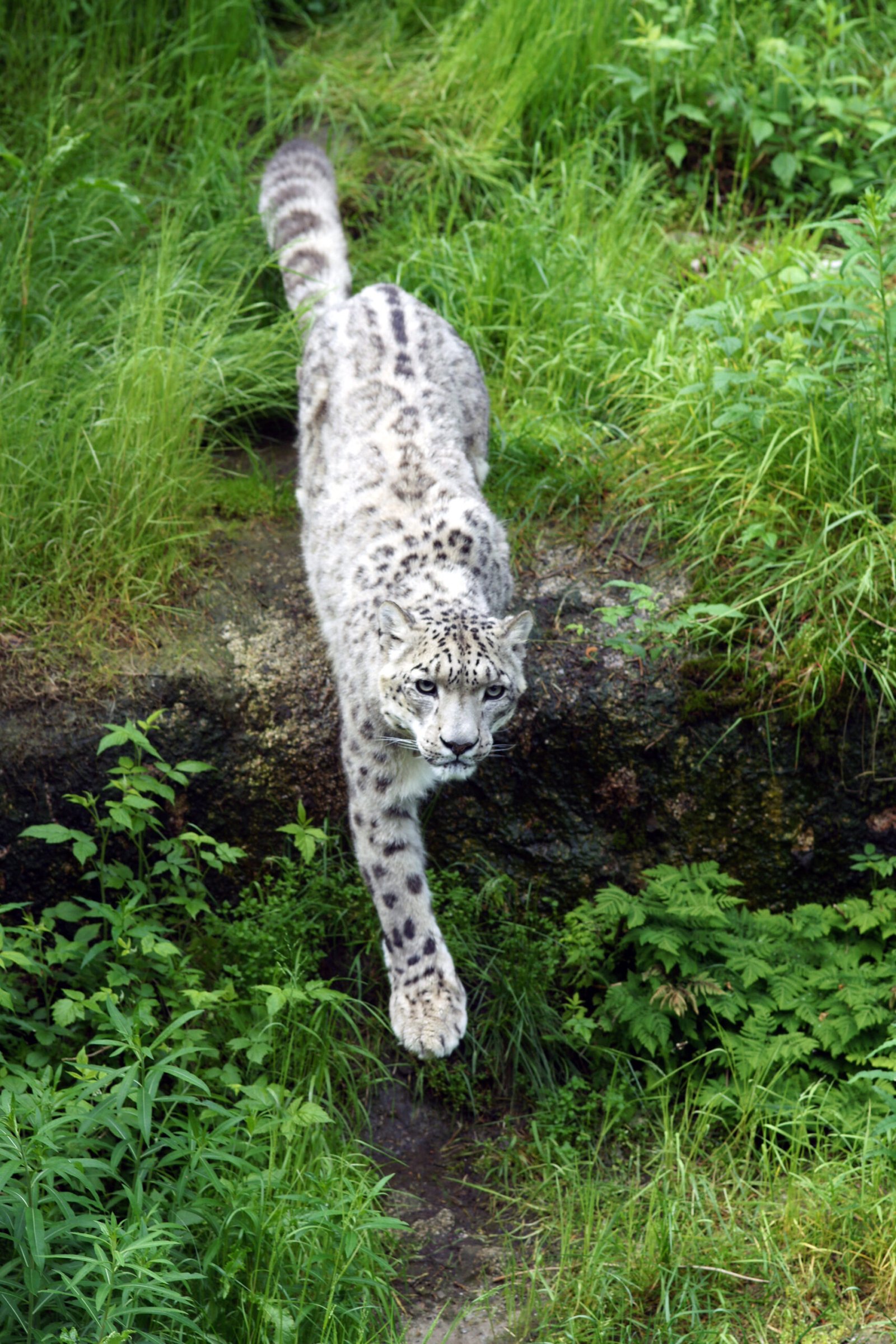
Despite her remote home, the snow leopard isn’t immune to human threats. Pastures expand, and livestock graze where wild sheep once roamed. Villagers sometimes see the cat as a threat to their animals, leading to conflict. Roads, mines, and climate change slowly chip away at her kingdom. Yet, hope isn’t lost. Conservationists and local communities are learning to work together, finding ways for people and leopards to share the mountains. It’s a delicate balance, fragile and hopeful. The challenges are real, but the will to protect this ghost cat is growing. Her future depends on understanding, respect, and a shared love for wild places.
The Sacred Status

In many Himalayan cultures, the snow leopard is more than just an animal—she’s sacred. Her presence is woven into stories, prayers, and rituals, a symbol of the wild spirit of the mountains. Some believe she’s a messenger, walking between worlds; others see her as a guardian, watching over the high places. This reverence offers protection, shaping the way people live alongside the cat. To see a snow leopard is considered a blessing, a stroke of luck that carries meaning beyond words. This cultural respect is a quiet shield, helping her survive in a world that changes too quickly. It’s proof that sometimes, wonder is its own kind of protection.
The Secret Dens

To raise her cubs, a snow leopard seeks out secret places—tiny caves, crevices tucked between boulders, or ledges hidden from view. These dens are warm and safe, shielded from predators and the worst of the weather. Here, the mother can rest and nurse, teaching her young the first lessons of survival. Finding these dens is a challenge even for seasoned researchers, who rely on hidden cameras and a bit of luck. The secrecy isn’t just for safety; it’s a tradition, passed down through generations. Each hidden den is a cradle of hope, a small pocket of warmth in a cold world, where the next ghost cat takes her first breath.
Mastery of Steep Slopes

The snow leopard’s world is vertical—she lives where cliffs rise like walls and valleys plunge into shadow. Her body is made for this: powerful hind legs, flexible spine, and a tail that acts like a tightrope walker’s pole. She leaps from rock to rock with breathtaking ease, turning sheer cliffs into playgrounds. This skill isn’t just impressive—it’s necessary, letting her chase prey and escape danger in places where few animals dare to tread. Watching her move, it’s easy to forget the danger, seeing only the poetry of motion. She is the embodiment of grace in a world of stone, a living lesson in how to thrive on the edge.
The Whisper of Whiskers

It’s easy to overlook the snow leopard’s whiskers, but they’re more than decoration. Each whisker is a sensitive antenna, reading the world in the dark, guiding her through narrow crevices and tricky terrain. In the blackness of a Himalayan night or the gloom of a storm, her whiskers find the way. They help measure gaps, sense changes in the wind, and warn of unseen dangers. It’s a tiny detail, but it makes all the difference. In a place where every step matters, these whiskers are the quiet tools of survival, proof that strength and sensitivity go hand in hand. The world is rough, but she is ready.
Eyes That See in Twilight

The snow leopard’s eyes, pale green or gray, are windows into another world. They’re built to see in the fading light of dawn and dusk, when most prey are moving. This twilight vision lets her hunt when the mountains are quiet and shadows run long. In the soft half-light, she becomes nearly invisible, a ghost drifting through stone and snow. Her stare is intense, focused, missing nothing. It’s easy to fall into those eyes, to wonder what secrets they hold. In their depths, you see the wild, the ancient, and the unknowable—all the things that make her world so endlessly fascinating.
The Seasonal Wanderer
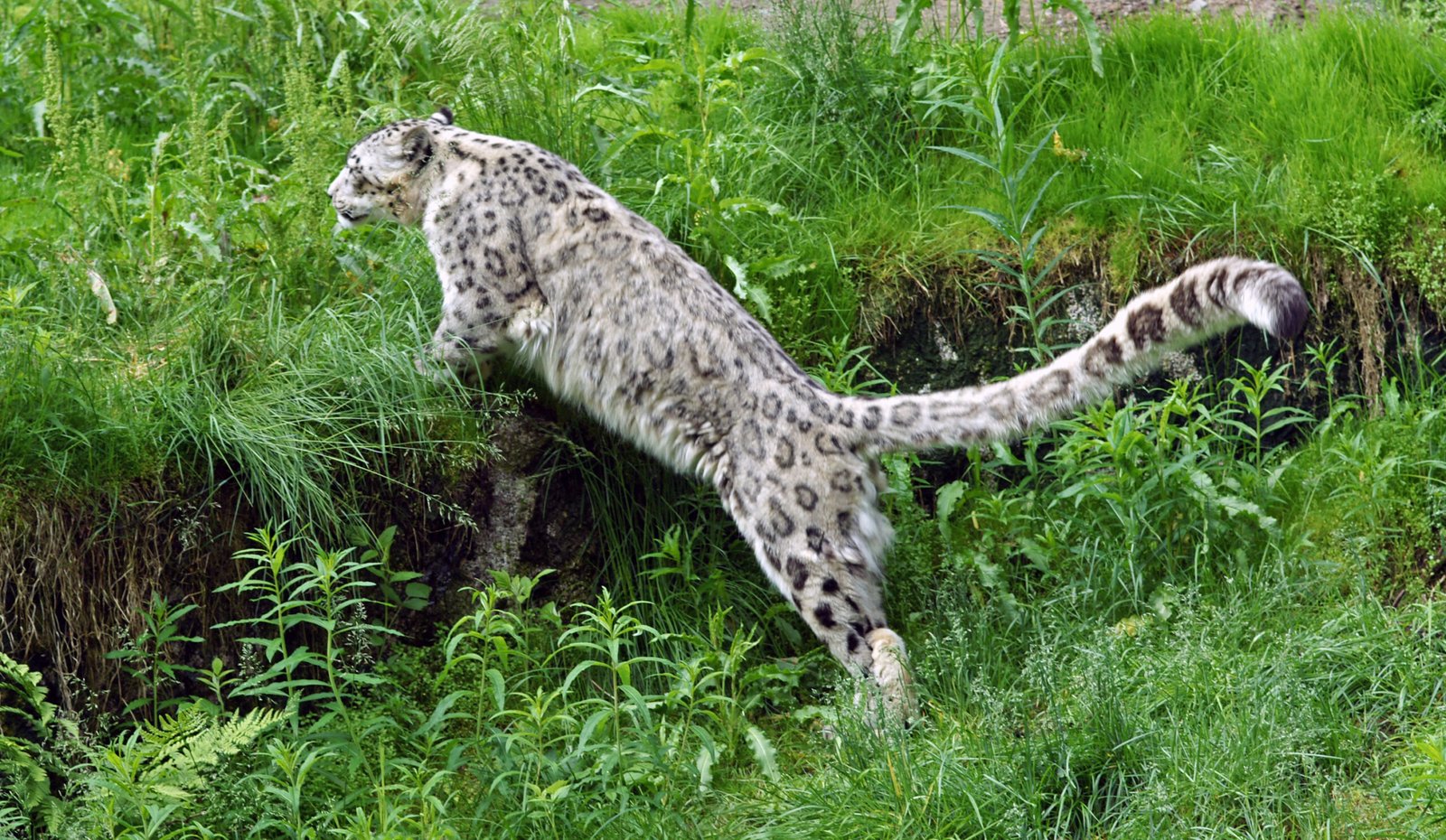
Snow leopards don’t stay in one place for long. As the seasons shift, so does her range, following the movement of prey and the rhythms of weather. In summer, she may climb even higher, where the snow melts and new grass draws herds of sheep and ibex. In winter, she descends to lower valleys, seeking out warmer slopes and easier hunting. This endless wandering is a way of life, a constant search for balance in a changing world. It’s a reminder that survival is a journey, not a destination. Each path she takes is written in the snow, a record of resilience and hope.
The Dance With Danger
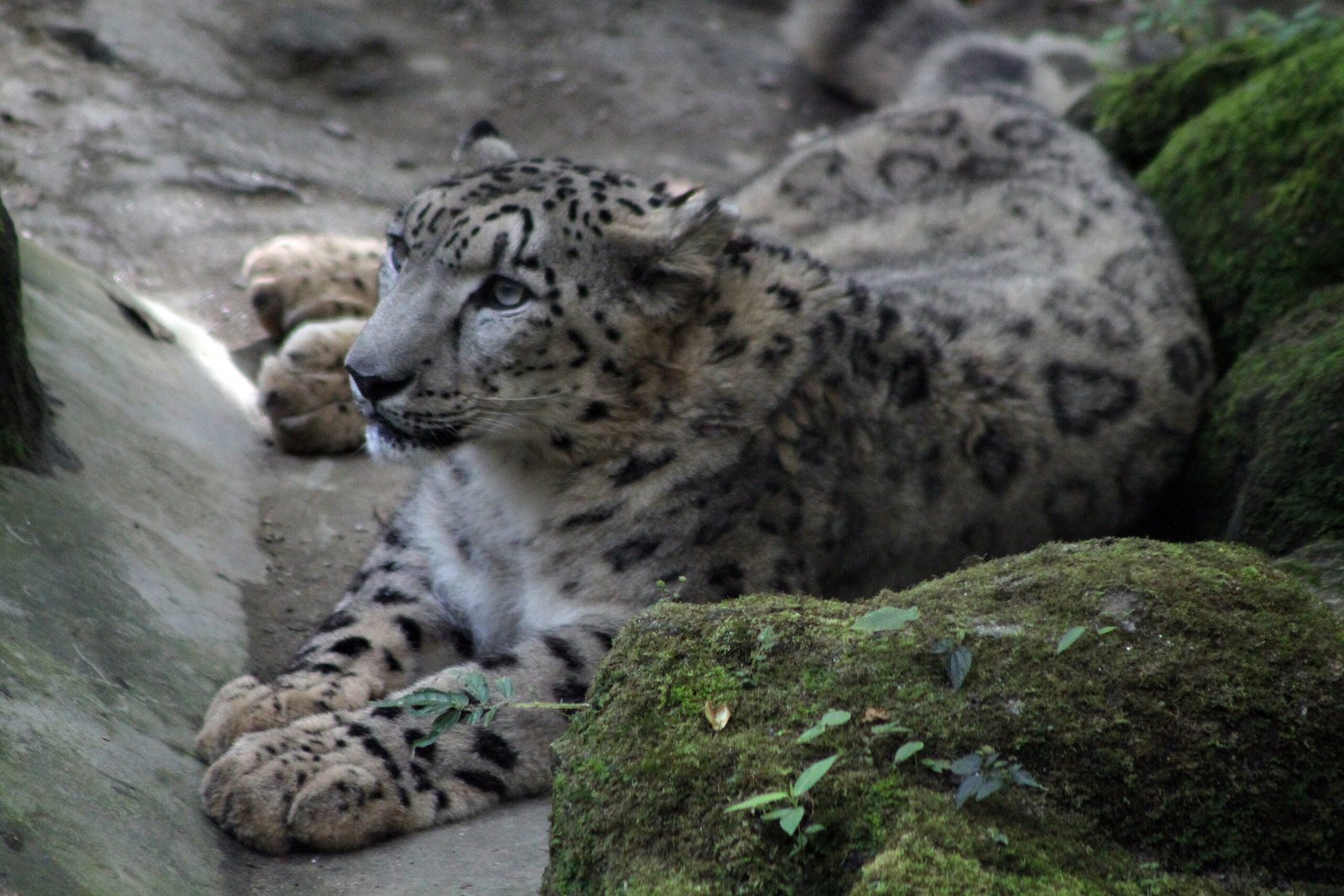
For all her strength and skill, the snow leopard’s life is never free from danger. Avalanches, rockslides, and sudden storms can strike without warning. Wolves and large birds of prey threaten her cubs; humans bring risks of their own. She moves with caution, always alert, her senses tuned to the smallest change. Every day is a test, every safe night a victory. Yet, she faces these dangers with quiet courage, adapting and enduring where others might falter. This dance with danger isn’t just survival—it’s a lesson in living fully, embracing the wildness of the world and finding beauty in uncertainty.
The Struggle for Survival
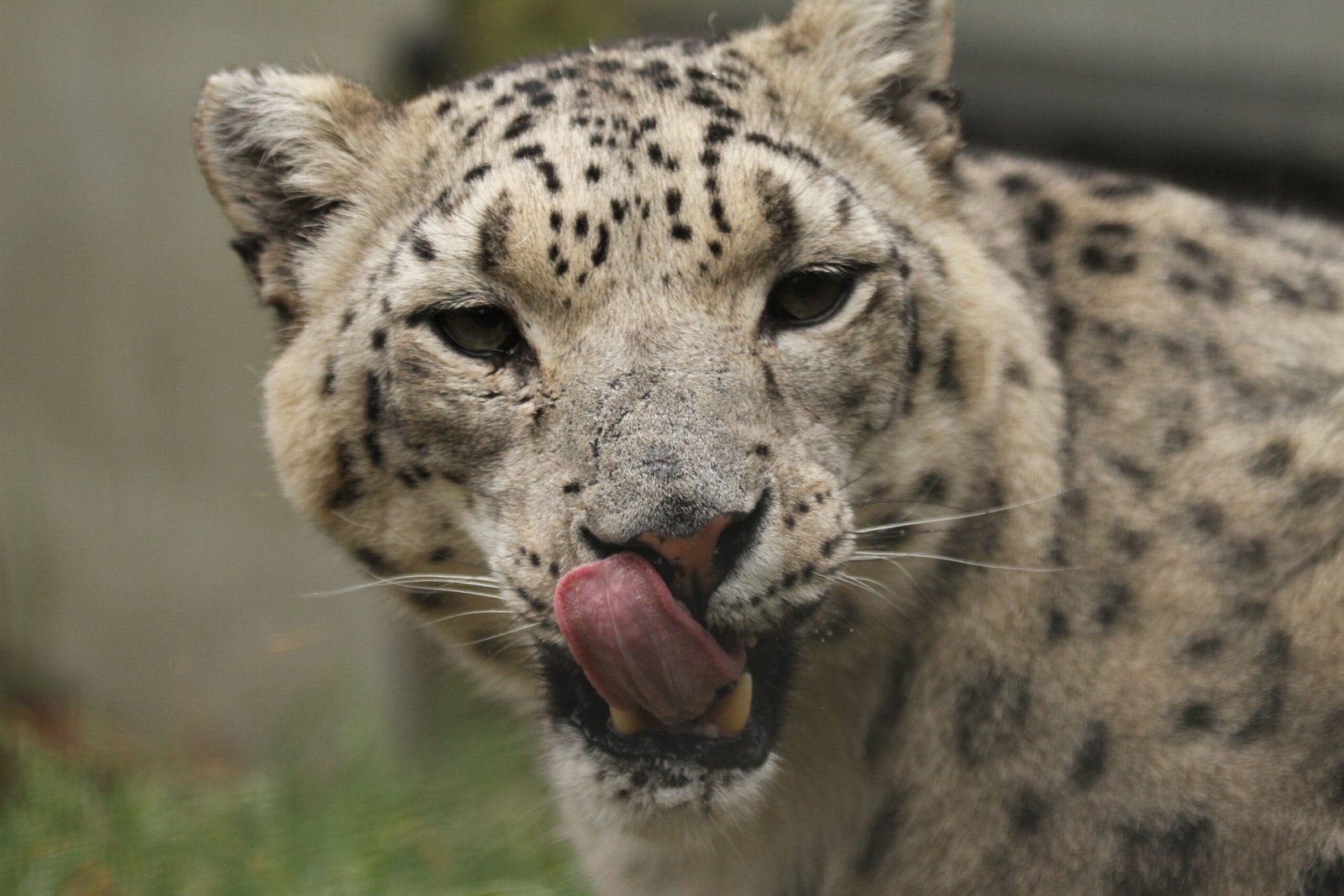
It’s easy to romanticize the life of a snow leopard, but the truth is often harsh. Hunger, cold, injury, and conflict are constant threats. Yet, she persists, shaped by the demands of her landscape. Her struggle is echoed in every muscle, every scar, every careful step. This isn’t a story of tragedy, though—it’s one of resilience. Each day survived is a triumph, a testament to the will to live and the power of adaptation. In her struggle, we find inspiration—a reminder that beauty often grows from hardship, and that the wildest lives are the ones most worth protecting.
A Beacon for Conservation

The snow leopard has become a symbol for conservation across Asia. Her struggles mirror those of countless species facing habitat loss and climate change. Organizations and local people are working together, using technology, tradition, and education to protect her future. It’s a slow, sometimes frustrating process, but each small success is a light in the darkness. The snow leopard’s story inspires hope, rallying people to safeguard not just one species, but whole mountain ecosystems. In her survival, we see a chance to make things right—to heal, to learn, and to remember that the fate of one cat is tied to the fate of us all.
The Shadow at Dusk

As the sun dips behind the peaks, the snow leopard begins her nightly wanderings. Her shadow stretches across the snow, a fleeting shape in the fading light. For most, she remains unseen—a rumor, a whisper, a brushstroke on the canvas of the Himalayas. Yet in that brief moment at dusk, when day and night meet, her presence is felt. The cold air hums with possibility, and every rock and shadow could be her. This is her hour, her world, where the line between myth and reality blurs. In the disappearing light, she is both everywhere and nowhere—a true spirit of the mountains.
Conclusion

To step into the life of a lone snow leopard is to glimpse a world both harsh and wondrous. Every aspect—from her thick tail to her silent paws—tells a story of adaptation and quiet strength. Her solitude isn’t emptiness, but a celebration of independence and resilience. She is a whisper in the wind, a presence felt more than seen, and a living symbol of nature’s enduring beauty. In her struggle and grace, we find not just admiration, but a call to protect the wild places she calls home. Isn’t it astonishing how much one elusive cat can teach us about the wildness in our own hearts?

Suhail Ahmed is a passionate digital professional and nature enthusiast with over 8 years of experience in content strategy, SEO, web development, and digital operations. Alongside his freelance journey, Suhail actively contributes to nature and wildlife platforms like Feline Fam, where he channels his curiosity for the Feline into engaging, educational storytelling.
With a strong background in managing digital ecosystems — from ecommerce stores and WordPress websites to social media and automation — Suhail merges technical precision with creative insight. His content reflects a rare balance: SEO-friendly yet deeply human, data-informed yet emotionally resonant.
Driven by a love for discovery and storytelling, Suhail believes in using digital platforms to amplify causes that matter — especially those protecting Earth’s biodiversity and inspiring sustainable living. Whether he’s managing online projects or crafting wildlife content, his goal remains the same: to inform, inspire, and leave a positive digital footprint.






